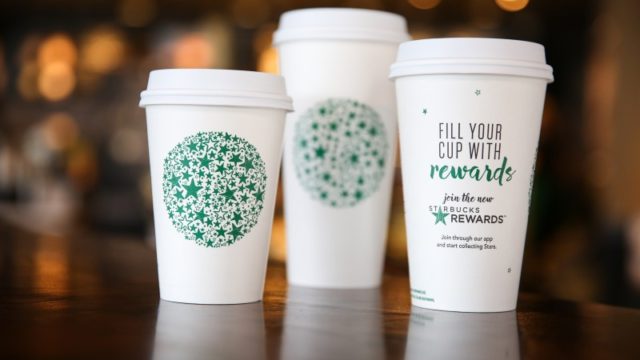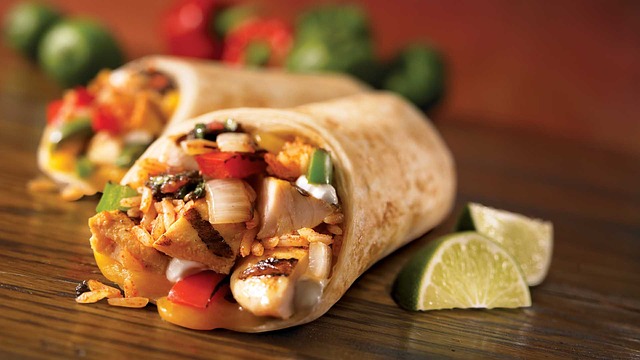Changes are coming to Starbucks Rewards. On April 16, Starbucks Rewards will be expanding its reward structure to five levels. A few other changes will be made to the program too. Will these changes make this leading loyalty program even better? What might be motivating these changes? How will the changes affect the program and its members? In this post, I attempt to dissect these changes and offer my assessment of the new Starbucks Rewards program design.
What Changes Exactly?
The biggest change to the program is the addition of more reward thresholds. Instead of a single reward threshold of 125 stars, it will feature five levels of rewards ranging from 25 to 400 stars. The new program will also erase the current difference between a Gold member and a base member, allowing both to enjoy the same set of benefits. The table below compares the current vs. the new program structure.
 | Current | From April 16, 2019 |
|---|---|---|
| Earning Stars | 2 stars per $ spent | 2 stars per $ spent (unchanged) |
| Reward Levels | A single level, at 125 stars | Five levels, at 25, 50, 150, 200, and 400 stars |
| Reward Items | A free food or drink item, excluding alcoholic beverages and multi-serve food and beverage items | 25 stars: free drink customization (e.g., extra shot, flavor, etc.); 50 stars: a free hot brewed coffee or tea, or a free bakery item; 150 stars: a free handcrafted drink, hot breakfast, or parfait; 200 stars: a free lunch sandwich, protein box, or salad; 400 stars: a free select merchandise (e.g., gift) or at-home coffee. |
| Membership Tier Structure | Green and gold. Gold is qualified by earning 300 stars in a 12-month period. | Single tier |
| Base Tier Benefits |
| Same as before, but now everyone has the same ability to redeem their earned stars for rewards. All members now also receive a monthly double-star day that used to be reserved for Gold members. |
| Gold Tier Benefits |
| Not applicable, as there will no longer be a premium tier. Gold members do not lose any benefits. They just have to share them with everyone else. |
| Star Expiration | 6 months after the star is earned | 6 months after the star is earned (unchanged) |
More Complex Reward Thresholds
The new design significantly expands the reward structure of the program from one to five levels. What could be driving this change?
Continue reading “A Closer Look at Starbucks Rewards Program Redesign”
